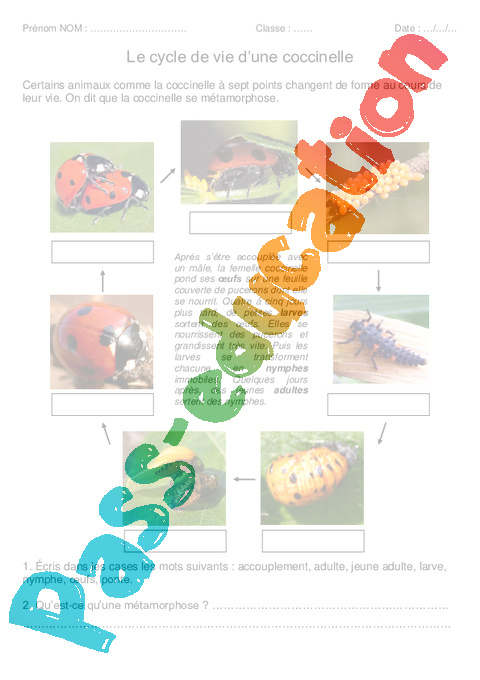

Also this year, the was replaced by a Tillotson, which was less sensitive to lean and tilt, and also helped power and driveability.With newly designed 'P' cams, the XLCH produced 15% more power than last year. The new overhead-valve motor, fitting neatly under the gas tank, sported twin cylinder jugs sitting 45 degrees apart, topped off with a pair of cast-iron cylinder heads.It wasn't until the Evolution Sportsters came out in 1986 that the older models were referred to as 'Ironheads'.1966 SportsterThe oval-shaped 'ham-can' air cleaner, brought about by federal emission laws, first appeared in 1966. Each valve was operated by its own cam, simplifying valve train geometry.One carburetor fed both front and rear cylinders. Both connecting rods shared a common crank pin, referred to as a 'knife and fork' design. If you found this article helpful share with your friends.Sportster History Classic Motorcycle Build.Sportster History (1966-1979)When Harley-Davidson bolted their new overhead-valve motor to the frame in 1957, the Sportster legend began.The 883cc displacement (advertised as 900cc) was derived from a 3.81' stroke and a 3.00' bore. Thanks for reading if you have any question about “ Carnot Cycle” you can comment below. The P–V diagram of the reversed Carnot cycle is the same as for the Carnot cycle except that the directions of the processes are reversed. The heat is absorbed from the low-temperature reservoir, heat in the high-temperature reservoir is rejected, and a work input is needed to achieve all this. This time, the cycle remains the same but the directions of heat and work interactions are reversed. That is all the processes that form can be reversed, in which case it becomes the Carnot refrigeration cycle. The Carnot cycle heat-engine can be called as a fully reversible cycle. However, such an imaginary engine is used as the ultimate standard pf comparison of all heat engines.Thus, it is difficult to realise Carnot’s engine in actual practice.It is difficult to eliminate friction between the multiple moving parts of the engine, and also heat losses due to conduction, radiation, etc.We know that sudden change s in the speed of an engine is not possible in actual practice.But adiabatic expression 2-3 and adiabatic compression 4-1 should be carried out as quickly as possible, in order to approach ideal adiabatic conditions.Thus, the isothermal compression 3-4 will have to be taken out very slow.The reason for the same is that the isothermal expansion 1-2 will have to be carried out very slow to ensure that the air is always at temperature T1.It can be noted that it is difficult to make the engine working on Carnot’s cycle.∴ Heat supplied = Work done during isothermal expansion The heat supplied the hot body is fully absorbed by the air and is utilized in doing external work.This isothermal expansion is represented by curve 1-2 on p-v and T-s diagrams in the figure.It means that the temperature T2 (at point 2) equals to the temperature T1.The air expands, practically at constant temperature T1, from v1 to v2.The source (hot body, H.B) at a higher temperature is brought in contact with the bottom B of the cylinder.Isentropic Compression Process 1-2 Isothermal Expansion.At this point, let p1, T1, and v1 be the pressure, temperature, and volume of the air, sequentially.

Let the engine cylinder contain m kg of air at its original condition represented by point 1 on the p-v and T-s diagrams.

Now, let us consider the four stages of Carnot’s cycle. Read also: The rmodynamic Cycle: Its Classification, Working, Terms Used in Thermodynamics and More. One at a higher temperature and the other at a lower temperature. The engine is assumed to work between two sources of infinite capacity. However, the bottom B of the cylinder can be covered, at will, by an insulating cap I.C. But the bottom B of the cylinder is a perfect conductor of heat. The walls of the cylinder and piston are perfect non-conductors of heat. The engine developed by Carnot has air (which is assumed to work as a perfect gas) as its working substance enclosed in a cylinder, in which a frictionless piston A moves. In a Carnot cycle, the working substance is subjected to a cyclic operation consisting of two isothermal and two adiabatic processes. He focussed his attention to the basic features of a heat engine. This cycle is designed by “ Carnot” who was the first scientist to analyze the problem of the efficiency of a heat engine, ignoring its mechanical details.


 0 kommentar(er)
0 kommentar(er)
